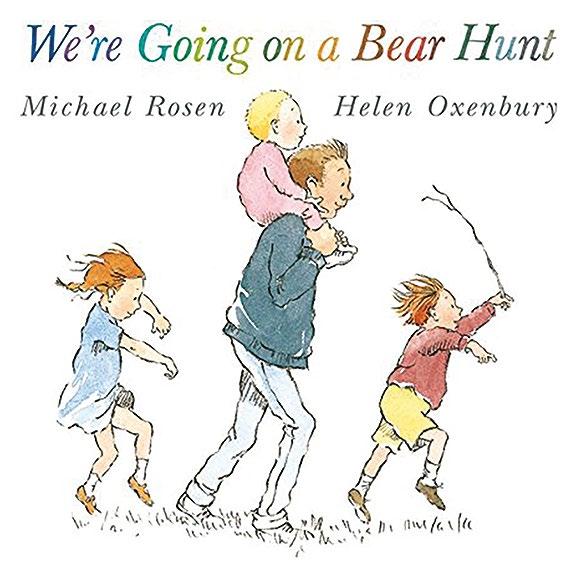FEATURE
MULTIPLE CHOICE Can you really use multiple-choice questions to assess programming and computational thinking? o teachers ask questions just for fun? Or do they ask questions to find out what their students know and do not know? Multiple-choice questions (MCQs) offer the advantage of being quick to mark, and have the potential for gamification. But how can MCQs be used to assess programming concepts and computational thinking?
D
Question design
All MCQs should be based on sensible design criteria. You can find lots of advice, based on very good research, about designing MCQs. They have been used for summative
TOP TIPS FOR MCQ DESIGN n
Assess one, and only one, objective
n
Provide four response options
n P rovide one, and only one,
clearly correct response n D o not use “none of the above”
or “all of the above” n U se distractors based on misconceptions
and common errors n M ake all distractors plausible n G ive necessary and clear context first,
if required; then, separately, ask the question n U se images as appropriate to support
context, or as alternative responses n K eep sentences short so they are easier
to understand n M ake all response options
grammatically parallel n M ake all response options similar lengths
CYNTHIA SELBY
Cynthia is a senior lecturer and PGCE computer science tutor at the University of Southampton and a member of the CAS Project Quantum Content Group.
assessment in the context of medicine for many years. However, teachers tend to use them more formatively: to identify what needs to be taught or reviewed, and to help students improve. The box at the bottom left of this page lists some top tips for writing MCQs.
Distractors and challenges
The importance of good distractors (incorrect answers) should not be underestimated. Trying to predict what a student does not know can be challenging. When choosing the alternative incorrect responses to an MCQ, consider the types of misconception you have identified among your students. For example, if a student uses a box analogy for a variable, they may believe it can hold two values at the same time. A distractor that expresses that understanding would help identify students who need additional help before moving on. You should also consider common errors in processes. A student with a misconception about indexing may always be out by one, so a response incorporating this misunderstanding would also make a good distractor. It’s not difficult to write an MCQ that assesses students’ ability to recall a fact. It’s much more challenging, but not impossible, to write MCQs that assess application, analysis, or creation. With application, a question could be confined to a single step in a multistep processes. Analysis can be assessed by asking ‘what if’ questions, in which students predict what will happen next. An even more challenging assessment of analytical skills is to define a requirement, such as an output, and ask the student to select which program solution meets that requirement. Certainly, MCQs don’t lend themselves to the creation of program solutions. However, they can be used in ordering exercises, where students are
n This question demonstrates assessment of tracing and predicting
n This question shows how ordering can be used to assess the skill of sequencing
asked to choose the correct sequence of instructions to meet a requirement. Slightly simpler would be asking a question that just required the identification of a single instruction to fill a gap.
Getting started
Writing questions with a colleague is an excellent way to get started with writing MCQs. Receiving feedback on questions is the best way to improve them. As time goes on, remember to go back and review your questions. If one distractor is never being selected, you’re missing an opportunity to test a true misconception. One of the simplest ways to get started with MCQs is to join a group and share your work. Project Quantum is a joint project to crowdsource computing MCQs. Find out more at helloworld.cc/quantum.
The Big Book of Computing Pedagogy
111









































